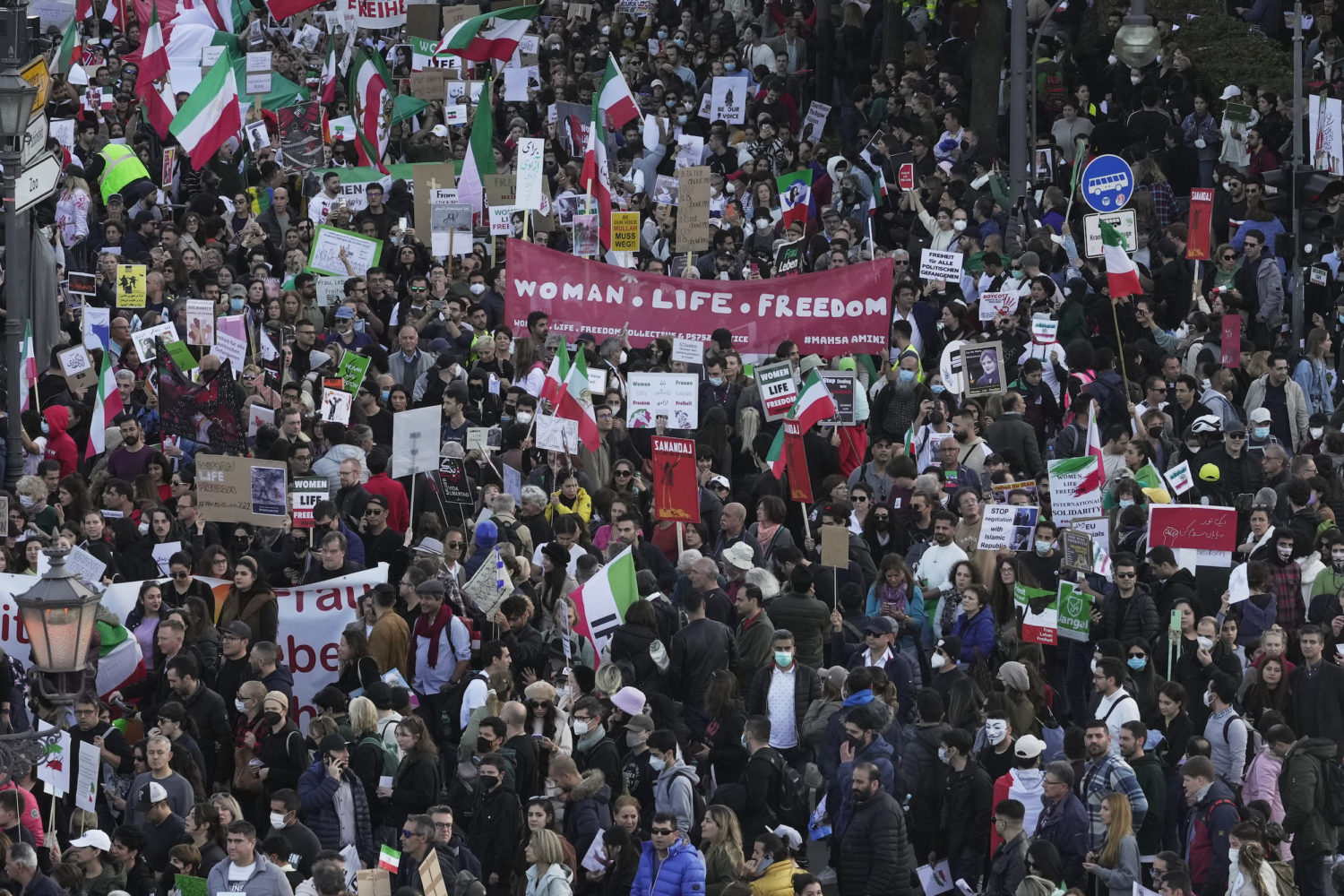Right now, there is countrywide, ongoing unrest in Iran, spurred by the death of 22-year-old Mahsa Amini while she was in the custody of the “morality police,” a security force in Iran concerned with enforcing hijab use and other strict forms of expression. The regime’s answer to the protests? A violent crackdown, internet censorship, cellular blackouts and deliberate occlusion of information and journalism.
According to Reuters, at least 240 people have died so far, including dozens of minors. Iran denies the deaths are a result of its own security forces.
“There are no journalists on the ground. No journalists are allowed to work in these situations. Unless you are working for the regime,” said Farhad Souzanchi, editor-in-chief of FactNameh, an Iranian fact-checking organization. FactNameh is not based in Iran and all of its employees, including Souzanchi, use pseudonyms to protect their identities from the Iranian government, whose World Press Freedom Index ranking was recently downgraded from 174 to 178 (behind only North Korea and Eritrea). “You won’t be able to find professional photography from the protests; it’s all citizen generated. The few professional photographers that tried have been arrested.”
FactNameh is a project of ASL19, an Iranian research and civil society group, which was started in 2012 to help Iranians bypass internet censorship. (Its name is short for Article 19 in Farsi, a nod to a provision for freedom of expression in the U.N. Universal Declaration of Human Rights.)
Souzanchi said the Iranian government is purveying a lot of the disinformation around the protests. Particularly at issue is the cause of Amini’s death. While the regime claims she died after falling into a coma triggered by an underlying illness — using a video of her collapsing while in custody as evidence — demonstrators dispute this as the sole cause, pointing to witness testimony saying she was beaten by police.
Also at issue are complaints that the regime has been using ambulances to transport security forces. The regime denies it, but FactNameh has verified footage of it happening.
“There were several videos of people stopping ambulances and taking police officers out of them,” Souzanchi said. “So that the police were using the ambulances as a cover to move around cities and arrest people.”
Souzanchi said that tech founder Elon Musk’s satellite company StarLink is not a viable option to bypass the internet blackouts, contrary to claims circulated by media groups surrounding Iran.
Many aspects of the protests are unprecedented. Actors and celebrities are supporting them (which is career-ending in Iran, Souzanchi said). And unlike in previous years, people are physically fighting back.
“We haven’t seen anything like these protests in terms of size, how widespread it is,” said Souzanchi. “In the past, people would start dumpster fires, but that was it. Now they’re running after the police. Police are running away because people are beating them.”
Media blackouts have historically been a setting for violent crackdowns in Iran, Souzanchi said.
In Syria, pro-regime influencers described Iranian protestors as anti-Muslim and western agents, according to Ribal Azzin, head of fact-checking at VerifySy, a Syrian wartime fact-checking organization.
“Our sincere solidarity is with the Iranian (people) since we both suffer from the same authoritarian regime,” Azzin said.
Multiple Iranian journalists contacted for the story declined to respond.







